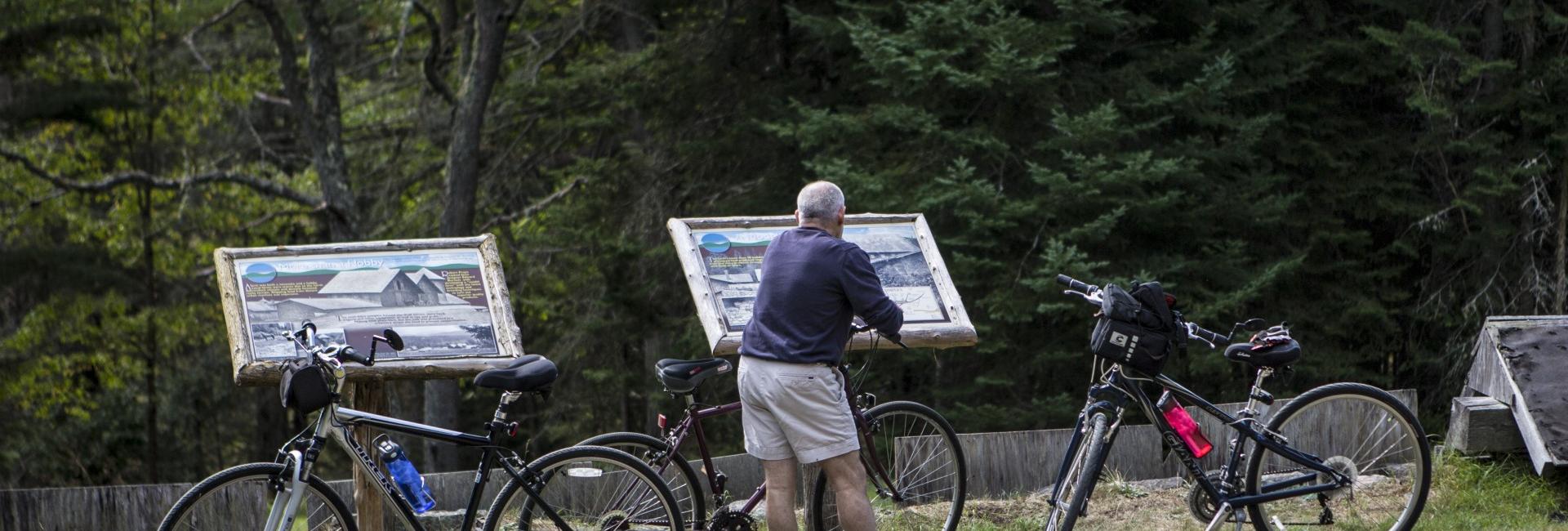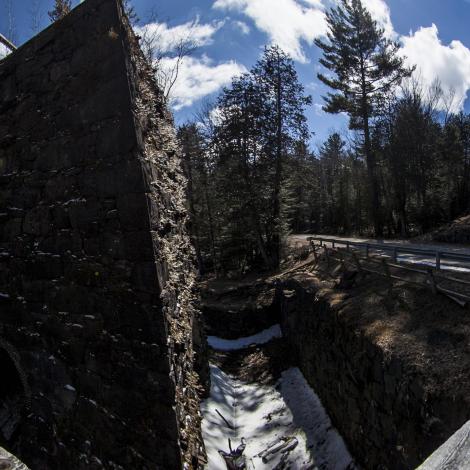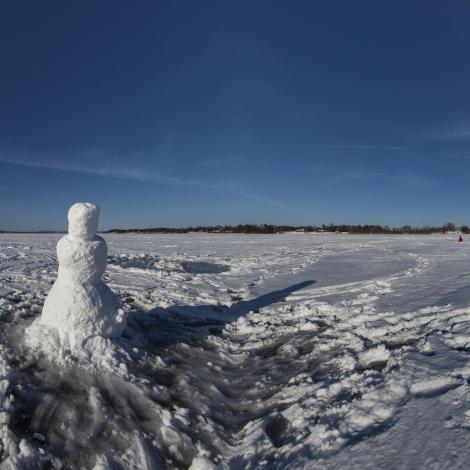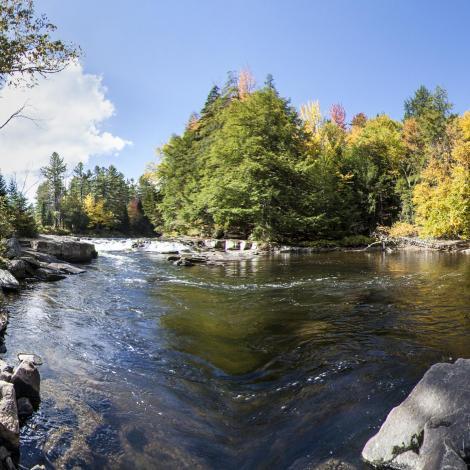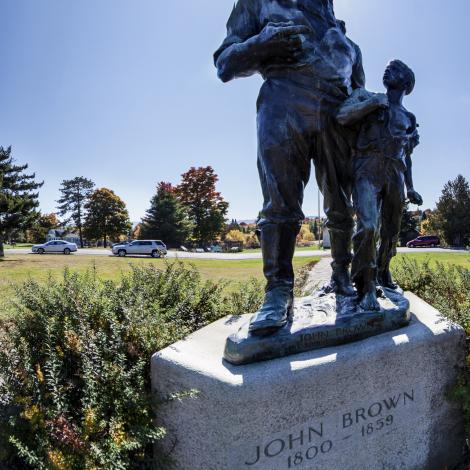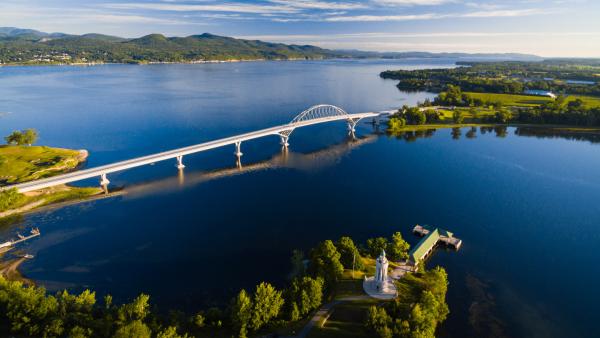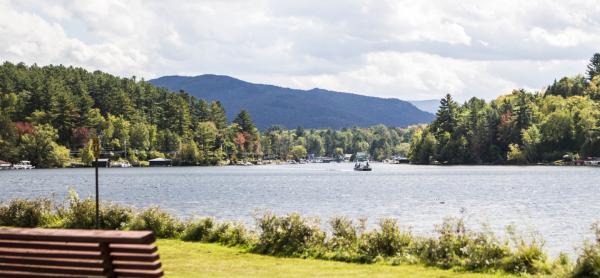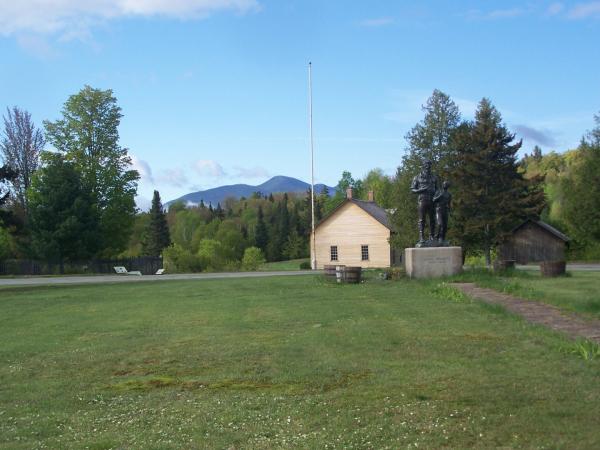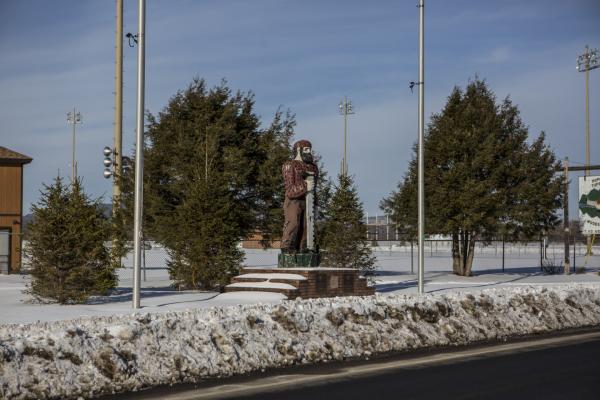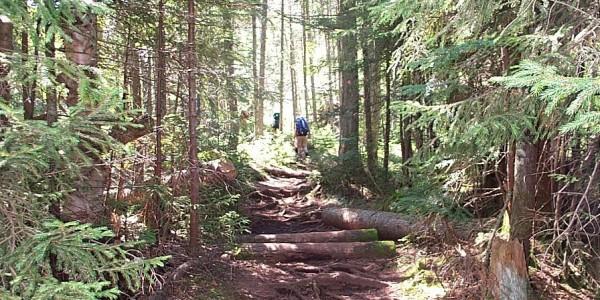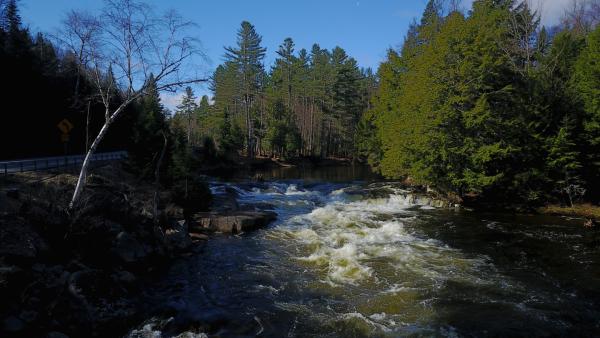Let’s just get this out of the way from the start: I am a serial museum-avoider. I mean, I don't hate history and I certainly don't hate art. Not at all! (Well, I find the modern art genre a little disagreeable, but that's a whole different story.)
I just find museums a bit stifling - and the air a bit stale. I absolutely understand that a museum’s purpose, in large part, is to protect treasure from the elements, like rain and thieves. Café Terrace at Night might actually disintegrate the second a human or a branch touches it. Even so, it's just not my scene.
But then I realized something, through taking an unexpected liking to the monuments in the outdoor parks found across the Adirondacks. I don’t necessarily have to stay within the confines of museum walls to enjoy some truly marvelous works of both historic and modern-bizarre value. Why? How? As long as I’m in the Adirondacks, they’re all right here among the flourishing forests and meandering rivers of the great outdoors.
So without further ado, seven of my favorites are below, from the “La France” that you can casually view from your tent to the kinda hard-to-miss teddy bears you can fish next to on Saranac Lake. Whether you’re a history buff and museum lover or not, I’m confident that you’ll be intrigued by at least one of the many monuments scattered around the Adirondacks.

